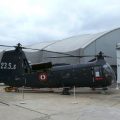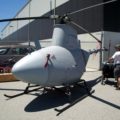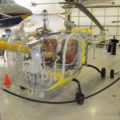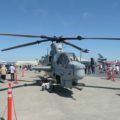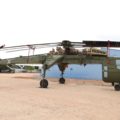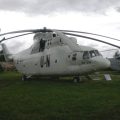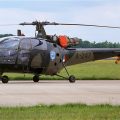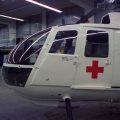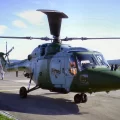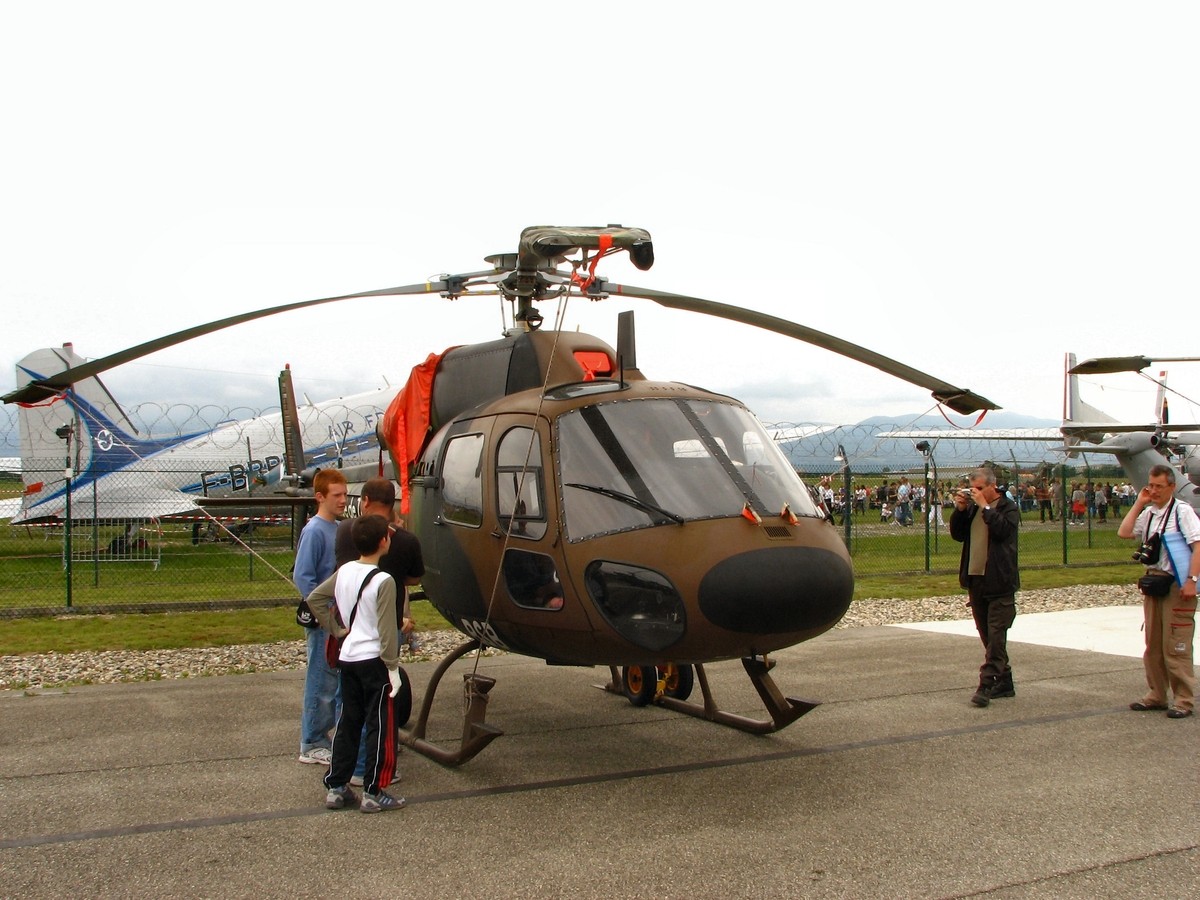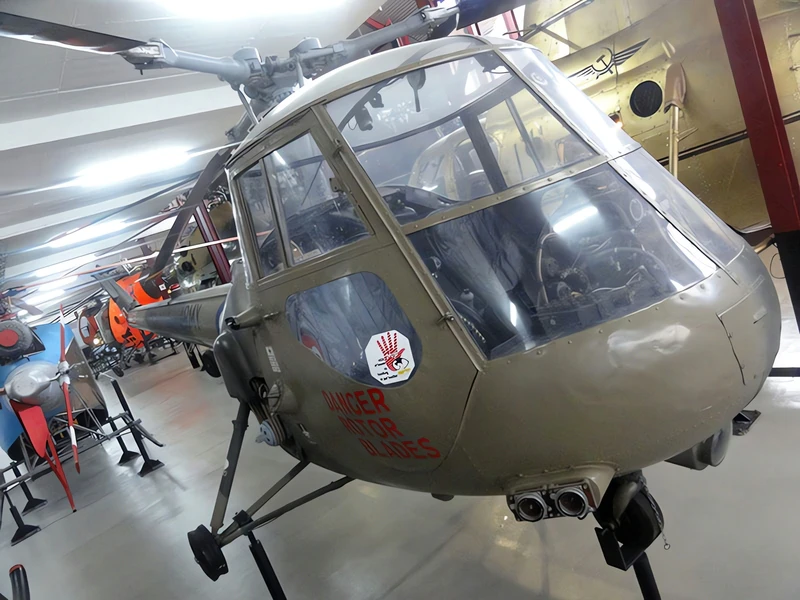
Saunders-Roe Skeeter | |
|---|---|
| País | Uk |
| Papel | Entrenador, Scout |
| Primera mosca | 10 de octubre de 1948 |
| Construido | Unknow |
el Saunders-Roe Skeeter was a two-seat training and scout helicopter that was developed and produced by British manufacturer Saunders-Roe (“Saro”) of Cowes and Southampton, in the United Kingdom. Work on what would become the Skeeter had been commenced by the Cierva Autogiro Company as the Cierva W.14. Following Saunders-Roe’s take over of Cierva, it was decided to continue its projects, including the Skeeter. Despite an initial preference for the rival Fairey Ultra-light Helicopter, which had already been ordered, there was a reversal of fortune when interest from the Bundeswehr in the potential procurement of a large number of Skeeters. This led to the British order for the Ultra-light Helicopter being cancelled and the Skeeter effectively taking its place, which also served to guarantee an export order from Germany.
| Saunders-Roe Skeeter Walk Around | |
|---|---|
| Fotógrafo | Meindert de Vreeze |
| Localización | Unknow |
| Fotos | 46 |
Ver también:
el Saunders-Roe Skeeter was a light helicopter developed by the British company Saunders-Roe in the 1950s. It was designed to meet the requirements of the British Army and Royal Navy for a small, versatile aircraft that could perform reconnaissance, liaison, observation, and training missions. The Skeeter had a two-seat cockpit with a bubble canopy that provided excellent visibility for the pilot and passenger. The helicopter was powered by a de Havilland Gipsy Major engine that drove a three-bladed main rotor and a two-bladed tail rotor. The Skeeter had a tubular steel frame with fabric-covered metal panels for the fuselage and tail boom. The landing gear consisted of two skids with shock absorbers.
El Skeeter voló por primera vez en 1948 como el Saro P.531, y sufrió varias modificaciones y mejoras a lo largo de los años. La versión final, el Skeeter Mk.12, entró en servicio con el ejército británico en 1958 y también fue exportado a Alemania, Australia y Jordania. El Skeeter fue utilizado para varias funciones, como detección de artillería, evacuación de víctimas, guerra antitanque y fotografía aérea. El Skeeter también fue el primer helicóptero en aterrizar en un barco en movimiento, cuando aterrizó en el HMS Bulwark en 1958. El Skeeter fue retirado del servicio a fines de la década de 1960 y reemplazado por helicópteros más avanzados como el Westland Scout y el Bell Sioux.
Vistas : 872



